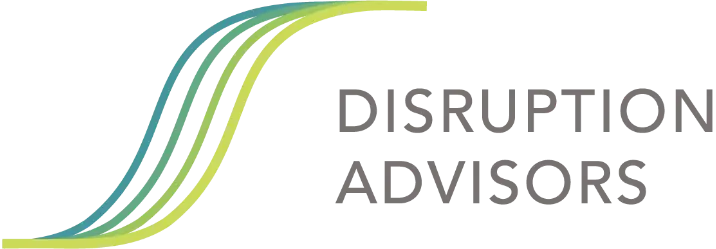Our guest today, Darrell Rigby, is an expert in the philosophy called Agile. According to Darrell, “Agile always begins thinking from the customer backward. What is the customer’s problem? What is the customer’s dilemma?” Basically, identify the issue and solve for it. Agile, when practiced correctly, is like an operational superpower – helping employees and organizations outperform their capabilities and circumstances. And Darrell knows this superpower better than most. Darrell is also a consummate disruptor, but his story is unique in that he discovered a way to disrupt and continue to grow all while staying at the same company for four decades. In this episode, Darrell shatters every preconceived notion we hold about needing to leave your organization in order to disrupt yourself.
Darrell recently co-authored Doing Agile Right: Transformation Without Chaos, with his Bain colleagues Sarah Elk and Steve Berez. The book addresses the huge chasm so many business leaders encounter: How do we create nimble and flexible enterprises when our day to day reality operates in sluggish silos? Darrell and his co-authors masterfully dispel many myths and misconceptions surrounding Agile while also exposing the innovation supercharge the philosophy can yield when implemented properly.
Darrell’s research is widely published in the business pages of many U.S. and international publications, including The Harvard Business Review, The Wall Street Journal, BusinessWeek, and The Financial Times. He is a frequent speaker and author on strategy issues, including Agile Innovation, BothBrainR innovation, Open-Market Innovation, Winning in Turbulence, and Omnichannel Retailing. Darrell has been a keynote speaker at global business conferences, and has made media appearances on CNN Moneyline, CNBC, NPR, and Bloomberg
We are grateful to have Darrell with us today and are excited to share his story with you.

Listen to the episode in the player above, or download and enjoy it on iTunes. If you’re so inclined, please leave us a review!
Takeaways from this episode:
How does it look when an organization makes this leap to Agile? Darrell offers a sneak peek into laying the groundwork.
- Start with leadership. Define objectives for the team and work on assembling the team.
- Keep the team small, aim for 4-8 people.
- A variety of expertise will strengthen the team – ensure a multidisciplinary makeup.
- Check in often, work in sprints!
Agile does not negate earlier valuable organizational framing.
- Darrell views bureaucracy as one of the greatest innovations in the history of business. It allows small burgeoning operations to grow into a large global organization.
- The hierarchy of approvals, division of labor and standard operating procedures are all valuable tools not to be diminished in light of the Agile philosophy.
- However, we have to be careful to not let it over expand and displace things.
Wise words – our favorite quotes from the episode.
- “So, I do not view hierarch and innovation as enemies. You need them both. The trick is finding balance and finding balance on an ever-shifting base, on an ever-shifting ground.”
- “Part of Agile is recognizing that people are capable of doing more than most people expect. Too many executives have been trained to underestimate human potential.”
- The best way for a leader to add value to the organization is to un-tap the 20 to 30 or 40 percent potential in individuals that nobody has bothered to find and unleash.
- “One and I, I feel terrible about this, but one of the lessons that I learned as a parent is that children are constantly running sophisticated conjoint analysis on their parents. And by that, I mean they are trying to figure out what is really most important to the parent.”
Links Mentions in this Episode:
Darrell Rigby | LinkedIn | Darrell Rigby, Bain & Company profile
Book | Doing Agile Right: Transformation Without Chaos

